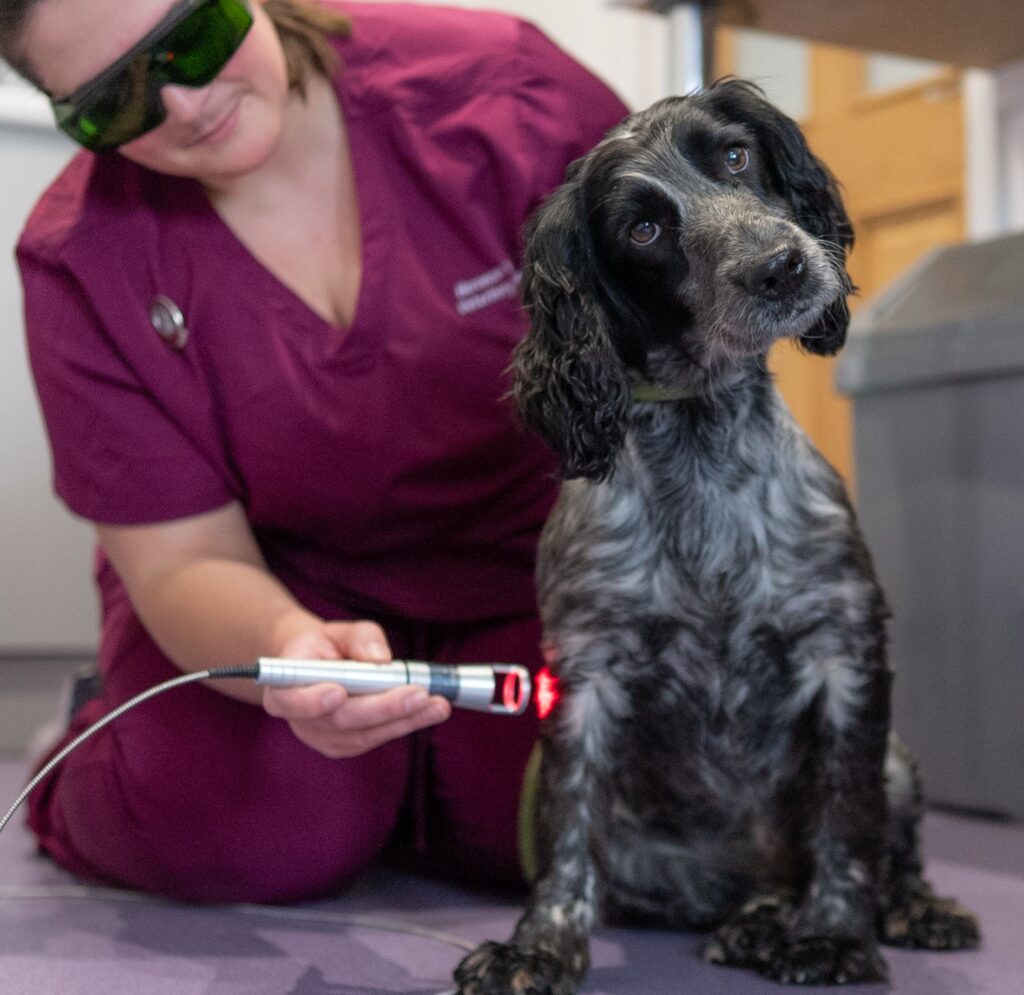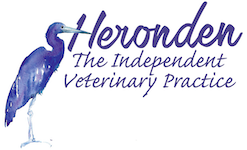
Recognising the Signs of Osteoarthritis in Pets
Just like people, our pets can develop arthritis as they get older. Osteoarthritis (OA) is one of the most common conditions affecting senior dogs and cats, but it can also occur in younger pets due to injury, joint disease, or genetics.
At Heronden Veterinary Practice, we often see pets who have been living with arthritis pain for some time before their owners notice — not because owners aren’t observant, but because animals are very good at hiding discomfort. That’s why it’s so important to recognise the early signs.
Signs of Arthritis in Dogs
Dogs with arthritis may show:
- Stiffness, especially after rest – slow to get up in the morning or after lying down.
- Reduced activity – reluctant to walk as far, play, or jump into the car.
- Limping or favouring a leg – particularly after exercise.
- Difficulty with stairs – hesitating before climbing or descending.
- Changes in behaviour – irritability, restlessness, or sleeping more than usual.
Signs of Arthritis in Cats
Cats often show more subtle signs:
- Reduced jumping – avoiding high surfaces like windowsills, counters, or favourite perches.
- Stiffness – moving more slowly or awkwardly.
- Litter tray issues – struggling to get in and out.
- Changes in grooming – unkempt fur, especially over the back or hindquarters.
- Behaviour changes – spending more time hiding, avoiding touch, or seeming grumpier.
When to Seek Help
Any of these signs are worth mentioning to your vet. Early diagnosis allows us to manage arthritis more effectively, slowing progression and keeping your pet comfortable.
How Osteoarthritis is Managed
While there is no cure, there are many ways we can help:
- Medications – anti-inflammatories, pain relief and injections tailored to your pet.
- Joint supplements – glucosamine, chondroitin, and omega-3s can support joint health.
- Non Medicated methods- K Laser Therapy, Physiotherapy and hydrotherapy.
- Weight management – keeping pets lean reduces strain on sore joints.
- Exercise modification – short, gentle, regular walks for dogs; encourage movement in cats with low-level play.
- Comfortable home environment – ramps, non-slip mats, soft bedding, and easy access to food and litter trays.
Supporting Your Pet’s Golden Years
With the right management, pets with osteoarthritis can continue to live happy, active lives. The key is recognising the signs early and working with your vet to create a tailored treatment plan.
If you’ve noticed changes in your dog or cat’s mobility or behaviour, book a check-up at Heronden Veterinary Practice. Together, we can help your pet stay comfortable, active, and enjoying life.
